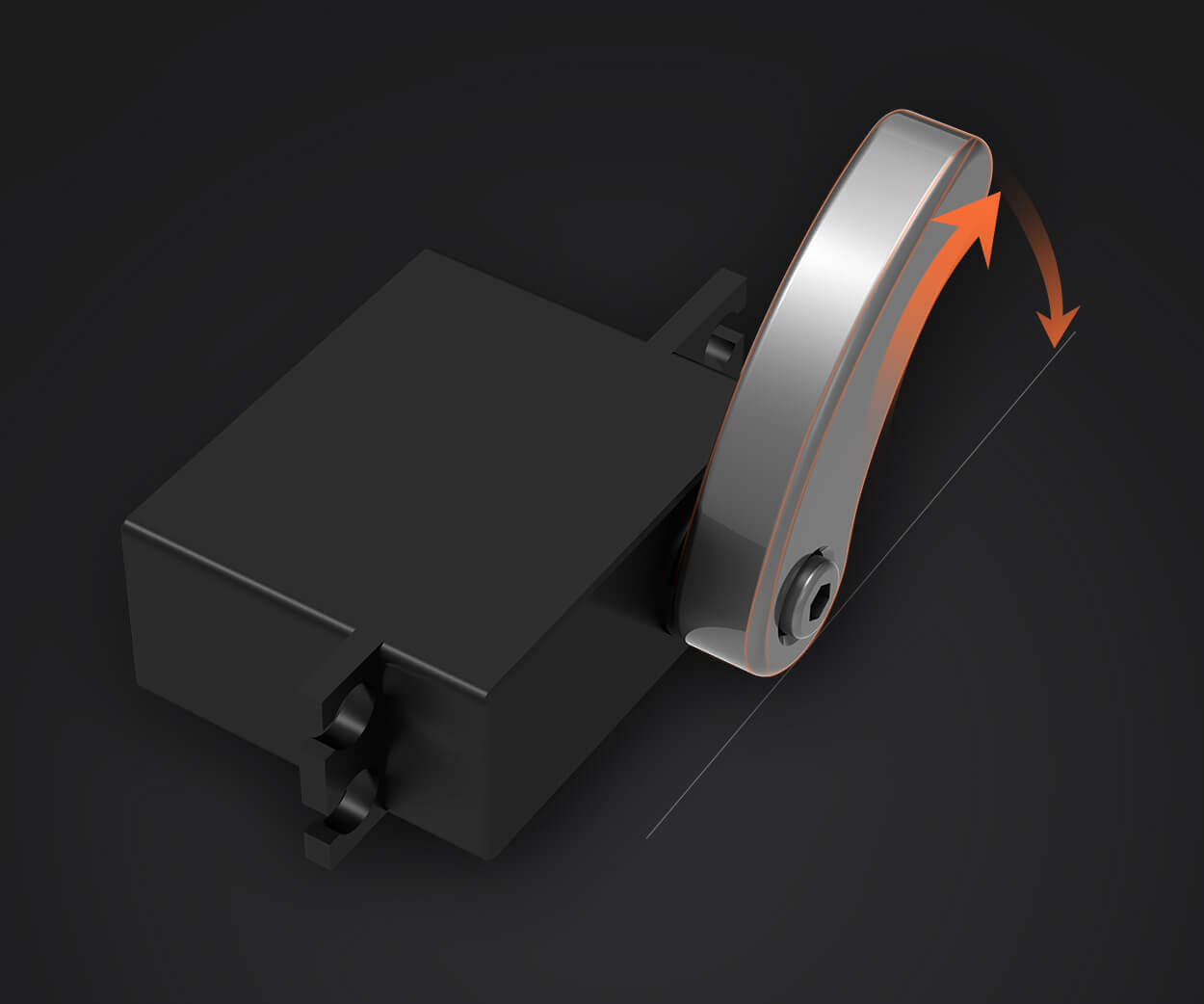Getting that servo motor to dance with your Raspberry Pi—sounds simple, right? But once you really dig in, it’s a bit like trying to tune a guitar—kind of satisfying once it’s sounding just right. If you’ve ever wondered how to make your Raspberry Pi talk to a servo motor, let’s walk through it in a way that makes sense and actually sticks.

First off, the setup. You’ll need a few key parts, but the star of the show? The servo motor, of course. The Raspberry Pi, with its array of GPIO pins, is like the conductor ready to command your motor. And don’t forget the power supply—that’s crucial. Unlike books or coffee, electronics don’t run on abstract energy; they need a proper juice source, especially when handling servos which can draw quite a bit.
Now, wiring might seem like a chore, but it’s more like connecting the dots. The thing to remember: servo motors usually have three wires—power, ground, and signal. Connect the power (usually red) to a 5V pin on your Pi. The ground (black or brown) goes to one of the ground pins. The signal wire (often yellow or white) needs to connect to one of the GPIO pins. One common mistake? Mixing up power and ground—they’re neighbors when you look at the pins, so easy to confuse. Just double-check your datasheet, and it’s smooth sailing.
Once the wiring is set, it’s about telling your Pi what to do. If you’ve tinkered with Python before, you already have a head start. Libraries like RPi.GPIO or pigpio make it straightforward to send PWM signals—the kind of signals that tell the servo how far to turn. Think of PWM as the “dial” that moderates how much your servo moves; a wider pulse, a bigger turn.
So, what next? Code. Picture this: you set up your code, define the GPIO pin, and then use a loop to rotate the servo from 0 to 180 degrees, then back again. That’s the essence. But it’s also about the little tricks—like adding a short delay to let the servo settle, or calibrating the sweep to match your specific model.
Here’s a question that might pop up: "Can I power multiple servos from the Pi?" The answer: not pretty. The Pi’s power supply isn’t built for that. It’s better to use an external power supply designed for servos—trust me, it keeps everything running smoothly and avoids those annoying resets.
Don’t be surprised if you hit a snag or two. Sometimes the servo jitters, or it doesn’t respond. That usually means a wiring hiccup, a lack of power, or a code glitch. But the fix is often simple: check your connections, make sure your power supply can handle the load, and verify your code.
In the end, connecting a servo to your Raspberry Pi isn’t just a task—it's a small adventure into the world of electronics and coding. Once you get it working, you’ll be surprised how your project springs to life. Whether it’s robotic arms, camera mounts, or custom gadgets, that servo is the first step into a whole lot of possibilities. Just dive in, get your hands dirty, and enjoy the process.
Established in 2005, Kpower has been dedicated to a professional compact motion unit manufacturer, headquartered in Dongguan, Guangdong Province, China. Leveraging innovations in modular drive technology, Kpower integrates high-performance motors, precision reducers, and multi-protocol control systems to provide efficient and customized smart drive system solutions. Kpower has delivered professional drive system solutions to over 500 enterprise clients globally with products covering various fields such as Smart Home Systems, Automatic Electronics, Robotics, Precision Agriculture, Drones, and Industrial Automation.




































